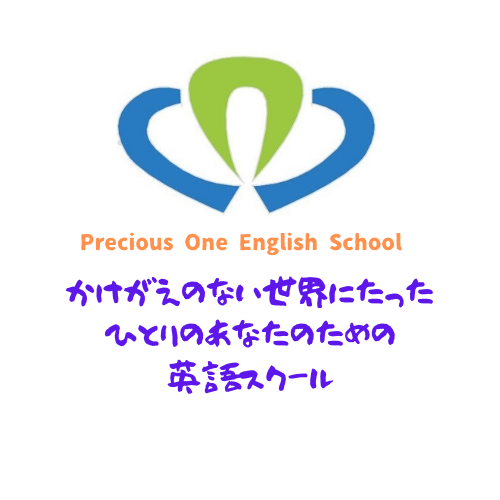by Ewa Nowogorski
Tatami mats have an intersting history and influence that continues to be seen to this day. These uniquely Japanese mats are made out of grass, most commonly rush, and are used as flooring for certain rooms. You can still see modern homes equiped with tatami mats, and all rooms are measured in the tatami mat unit. Here, the history of tatami mats will be explained.
Traditionally, poorer people slept on compacted dirt floors lined with hay. Tatami mats are first seen in the Nara period, and they were originally only used for sleeping on top of, because of their fantastic heat insulation (for the time). But even then, they were only used for nobility and the upper class because they were expensive. Traditionally, these mats were woven by hand, and you would need tens of thousands of strands of dried grass tightly woven in order to make a single mat. It was a laborious and time-consuming process. Tatami mats weren’t used by all classes in society until the 17th century.
But even then, home-building and architecture was largely influenced by tatami mats, as rooms were constructed with tatami mat sizes in mind. Ironically though, tatami mats are currently made to fit the size of the room, and not the other way around.
Due to the extensive use of tatami mats as the flooring of choice throughout Japanese history, they came to be the standard unit for measuring room size. Rather than meters or feet, “jo” (畳) is used to calculate room size by referring to how many tatami mats will fit in a room. This measurement system is commonly used by realtors and architects, including for rooms that are not intended to have tatami flooring.
The way mats are oriented is also pretty important to note. Most rooms will have a layout of the mats that avoids having all four corners of 4 tatami mats touch. One Google image search will reveal the common layout for 4-mat, 6-mat, 8-mat, 12-mat, and even 20-mat sized rooms. For 8-mat and 12-mat rooms, placing all the mats in the same orientation is usually avoided for homes and is used more for funerals.
Fast fact: Tatami mats come in a standard size, but the standard size is different in the Kanto region vs. the Kansai region. The Kanto region (which includes Tokyo) has smaller mat sizes because the area is more populated. The Kansai region (which has Osaka) has a larger mat size, because there are fewer people living there.
オンライン
グループレッスン
期間限定 キャンペーン!
12月末締め切り
1月スタート
英語基礎コース 全42レッスン
土曜日 8-10時コース
日曜日 10-12時コース
どちらかをお選びください。グループ上限は8名とします。
グループChatworkで「添削・質問・相談」ただし、相談は期間中個別でも受け付けます
グループChatworkで「添削・質問・相談」ただし、相談は期間中個別でも受け付けます
独学教材 260単元 動画+テキスト+ドリル つき
42レッスン終了後も1年間は毎週連続してレッスンを展開:内容は生徒さんの希望により たとえばTOEICや演習など
















コメントを投稿するにはログインしてください。